The internet is a boon to the modern generation, for many reasons. The amount of information that incoming generations have at the fingertips is truly remarkable, and has led to a generation that is better informed on many issues than any of the generations that came before them. Unfortunately, it has also come with some downsides.
The Internet is the Wild, Wild West
While it is true that there is an endless amount of information at the fingertips of the general populace, understanding that information requires a degree of information literacy that is, unfortunately, somewhat lacking.

This is, in part, due to the nature of the internet. There are few, if any, barriers to individuals posting whatever they would like to on the internet. They don’t need to verify that the information is correct or factual, and they certainly don’t need to provide sources when they make outrageous claims without proof.
Social Media Doesn’t Help
Social media, as it has with many things, has contributed to this rise. Algorithms on popular websites like Facebook and Tiktok rely on interaction to push posts out to the greater internet, and these algorithms thrive on posts that are controversial, inflammatory, and in many cases, simply wrong.
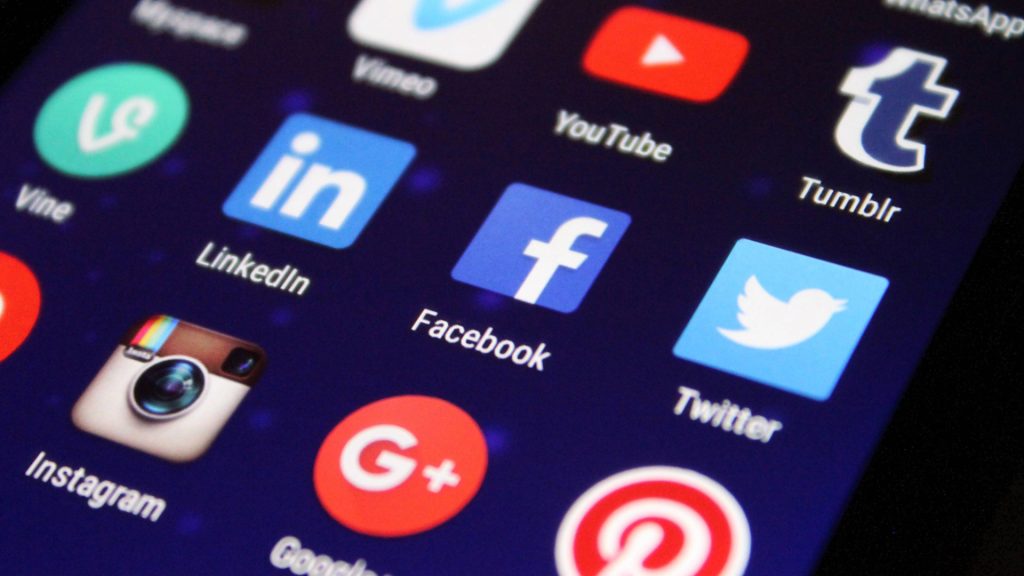
In the political sphere, this has led to a pattern of only the most extreme voices being heard, leading to a skewed perception that the vocal minority is, in fact, the majority. Far right and far left rhetoric alike gets likes, clicks, and comments, and is therefore what most people are seeing in the general population.
Not a New Phenomenon
This is not a new phenomenon. In fact, the concept of confirmation bias goes back well before the formation of the internet. People have always wanted their worst fears or their beliefs to be confirmed; every major religion since the beginning of time has relied on comforting people’s fears, and supporting their greatest beliefs.
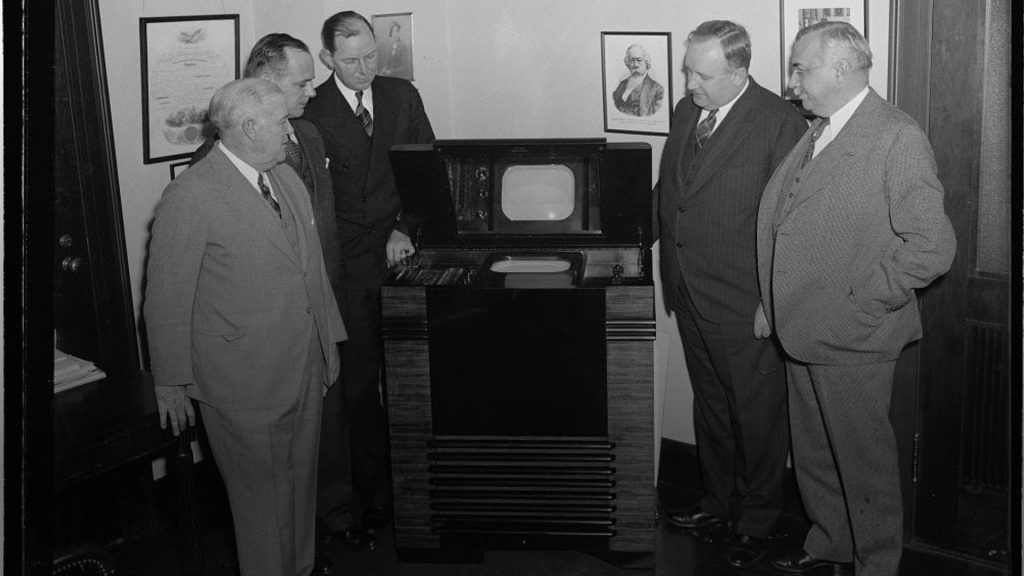
There used to be greater barriers to the dissemination of wrong information, though. In the United States, there used to be a policy in place for media called the Fairness Doctrine, which was introduced in 1949 by the Federal Communications Commision.
The Fairness Doctrine
The Fairness Doctrine was a policy that referred specifically to controversial topics in the United States. Essentially, it required that media that reported on a controversial topic must present both sides of the issue, and do so in a fair and factual way.

The intent of the Fairness Doctrine was to ensure that consumers were well informed on multiple facets of a controversial issue, but it was short-lived. In the 80’s, the policy was abolished when media corporations sued the FCC, claiming that the fairness doctrine violated their free speech rights.
Media is Highly Polarized
The abolition of the Fairness Doctrine has been pointed to as the reason why media is so polarized in modern day, and it also lends to the idea that people don’t want to hear both sides of the story. People want their beliefs to be confirmed, and many people are willing to go to the darkest parts of the internet in order to have their ideas, no matter how wild, supported.
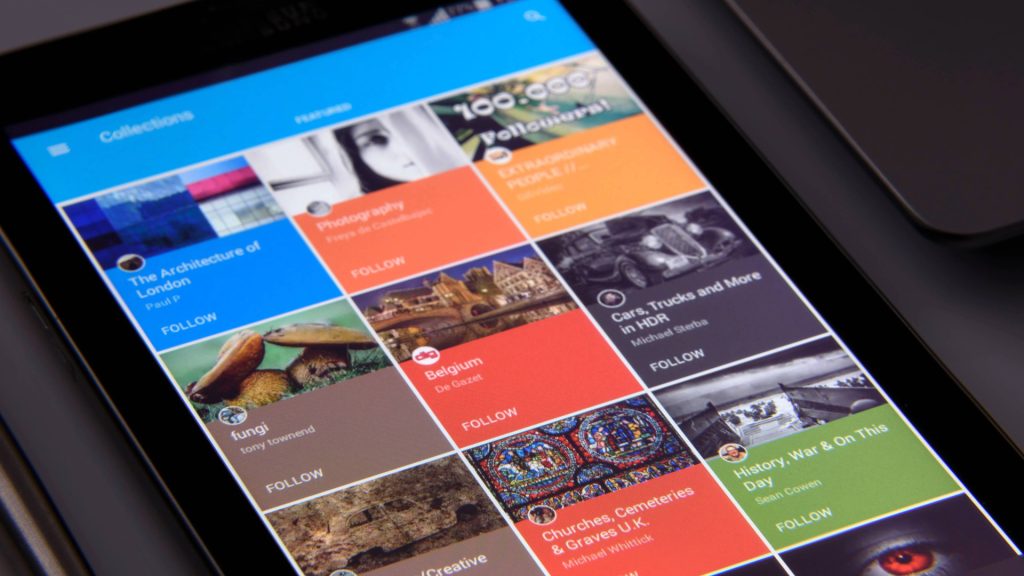
A controversial and public example of this is the anti-vaccination debate. Many people who don’t believe in vaccination use internet sources to support their belief that vaccinations are dangerous, and one source in particular always rises to the top of their arguments.
Anti-Vaxxers Are Particularly Guilty of Confirmation Bias
The primary argument that anti-vaxxers use is that the MMR (measles, mumps, and rubella) vaccine has been “proven” to cause autism. The study that they cite was released in 1998, published by Andrew Wakefield.

The study fraudulently claimed a link between the MMR vaccine and autism, heavily implying that the vaccine itself was the cause of autism in the children that the study examined. The study was poorly designed, and it eventually became public that Wakefield himself was paid by an anti-vaccine corporation to find a “link” between autism and the MMR vaccine.
A Clear Example of Confirmation Bias
Anti-vaccine activists have used the Wakefield study as support for their beliefs in the danger of vaccines ever since it was published. Despite the fact that Wakefield was ultimately fined for publishing bad information in the study and lost his medical license over it, anti-vaxxers still cite the study as a good source of information.
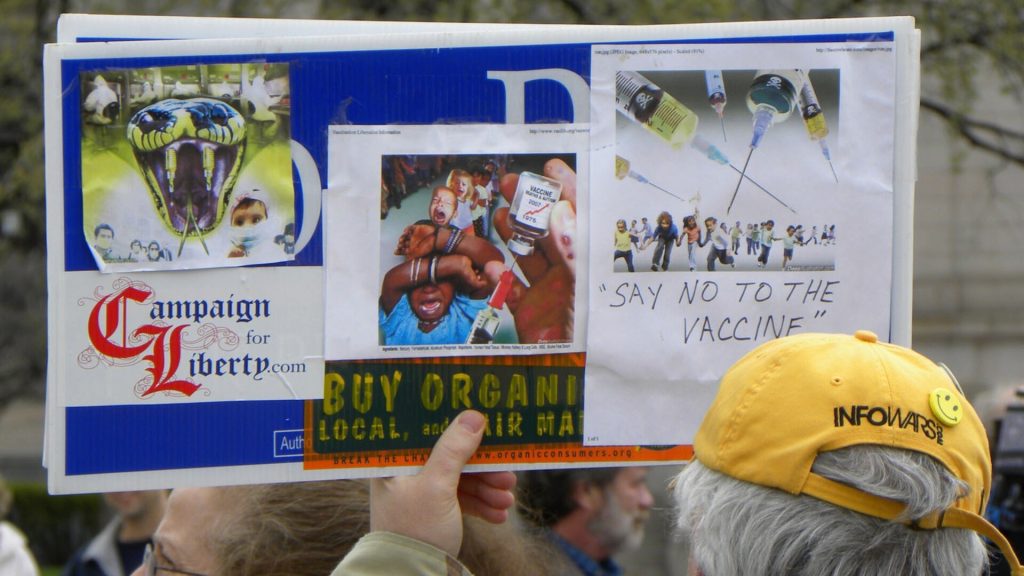
This highlights a significant trait in many people who take to the internet for information. It doesn’t matter how many sources they find that contradict their beliefs. If they’re determined enough, they will find the one source of information that confirms their belief, and hold onto it like their first-born child.
Many People are Very, Very Wrong
This is an excellent example of how “doing your own research” can lead to many people being very wrong, but believing that they are right with their whole chest. Many people haven’t been educated on how to research properly, or how to look for sources that are accurate and factual.

This lack of education has led to a population without a great deal of trust in American institutions such as government and media. Many people claim that media corporations are simply there to make money, and don’t have a vested interest in actually informing the public. Unfortunately, in a lot of ways, they’re right.
Further Than Just a False News Story
It goes further than just the information that is publicly stated by news organizations such as Fox and CNN. Many people don’t trust the bias in the media, though a biased take is not necessarily an unfactual one. It has led to a phenomenon of people seeing a news story that might be biased or even completely false, and taking to the internet to research it.

This research then often leads to individuals confirming the story for themselves, whether its untrue or not. While there are websites like Snopes that make an effort to fact check news stories and other information, they’re often drowned out in the sea of information that makes up the World Wide Web.
Confidence and Factuality are Not the Same
A big part of the problem is that confidence is often treated the same as fact. Therefore, it doesn’t necessarily matter how wrong you are. If you say something on the internet and state it confidently, there will be people who believe what is said, no matter how many times they’re shown that the information is, in fact, untrue.

Entire websites have been formed around presenting false information as fact, and doing so in a way that garners trust with their intended audience. The Gateway Pundit is one example; it looks like a news site and treats itself like a news site, but the information that it propagates has been proven to be false again, and again, and again.
Mainstream Media is Guilty, Too
The practice of making false statements confidently extends to mainstream media, as well. One America News, a far-right network that was ultimately removed from cable television, made its living perpetuating far-right claims that had little to no factual basis.
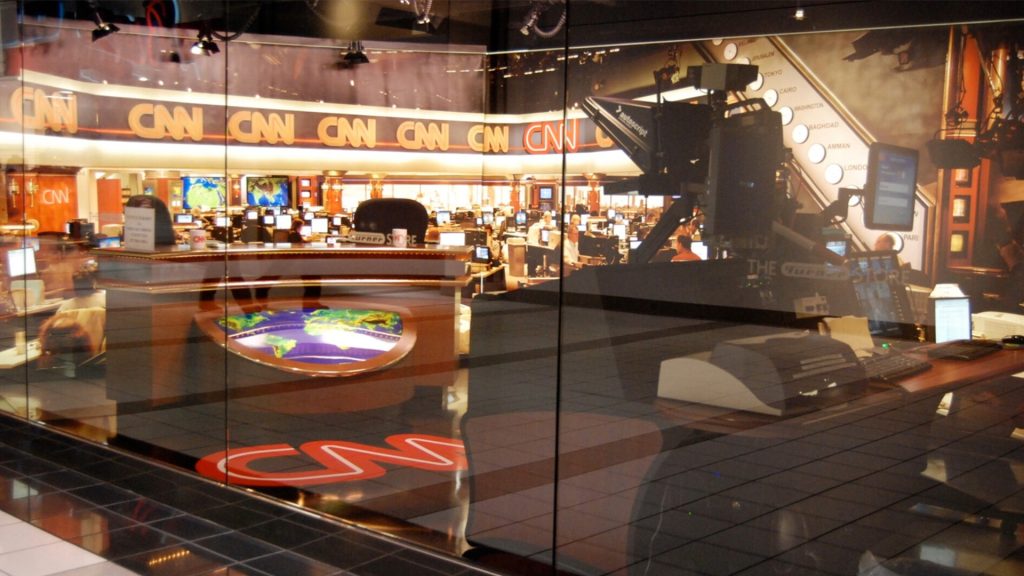
With so many different sources presenting falsehoods as fact, it’s understandable why many Americans would have a deep distrust in the media. Unfortunately, that mistrust is easy to exploit with the right tone and line of reasoning, which has led to one of the biggest movements of misinformation in the modern era: QAnon.
QAnon: The Trump Movement
Though the QAnon movement has been a little quieter in the past few years, for nearly a decade it was a significant movement that formed on the deep web. The movement stemmed from the idea that a secret cabal controls the world, with media and governments conspiring together for an ultimate, secret goal.

Of course, this is completely absurd, but it did create a larger movement that, in America, leaned into the political support of Donald Trump. Many QAnon supporters who were also Trump supporters believed that QAnon was an organizing concept for how Trump was fighting against nefarious forces on their behalf.
Many QAnon Members Were at the Capitol
This misguided belief, as well as Trump himself pushing false narratives, led to many self-proclaimed members of QAnon showing up at the United States capitol on January 6 to protest the “stolen” election of 2020.

This is an excellent example of confirmation bias in light of zero evidence. Trump lost more than 60 court cases challenging the election, and ongoing proceedings have revealed zero evidence of election interference that would have lost Trump the election, but his supporters don’t care. The facts don’t support their belief, and therefore they choose not to acknowledge them.
A Long Road Ahead
The pattern of confirmation bias on the internet is unfortunate, and even more unfortunately, likely not going away. Challenging wrong beliefs requires more than fact; it would require a great deal of education, as well as critical thinking skills that many people don’t want to develop.

Despite this, there is hope: there is a growing internet movement of individuals who seek fact over feelings, and look for the truth of what is happening around them, not just the belief. It’s going to take some time, but there is hope for the future regarding the internet and truth.






